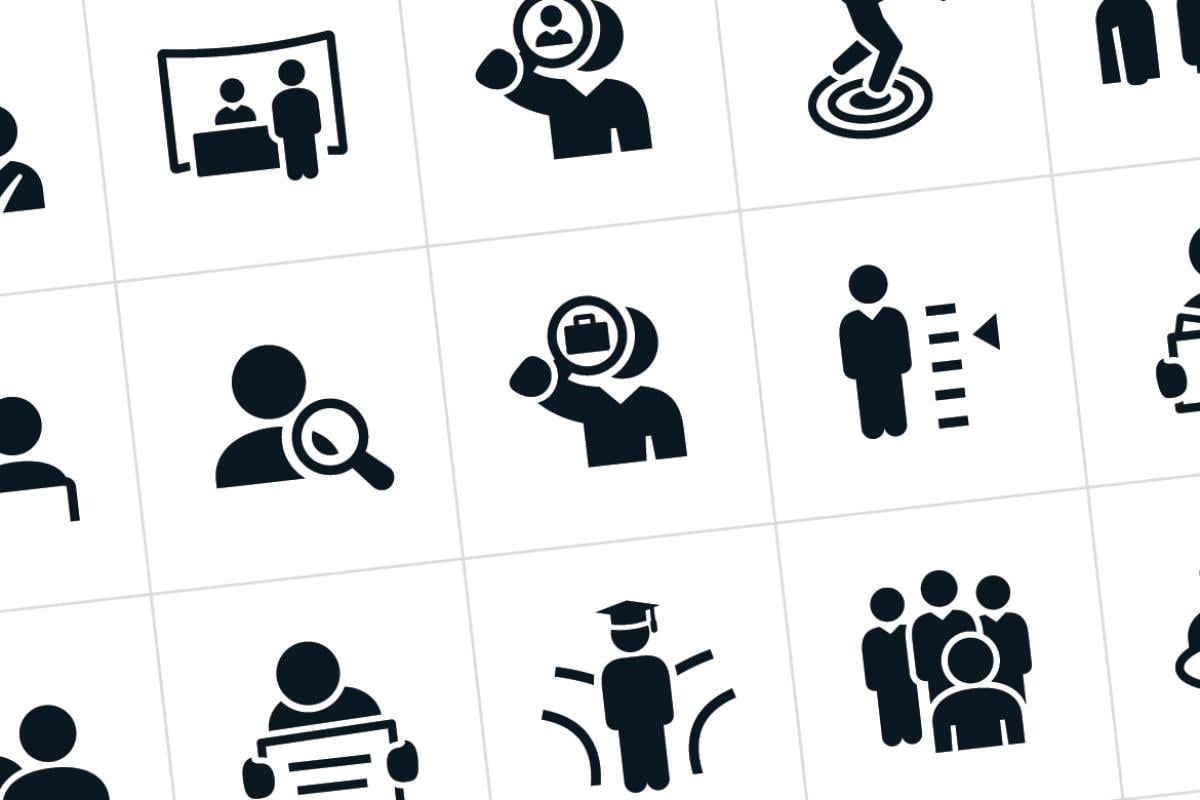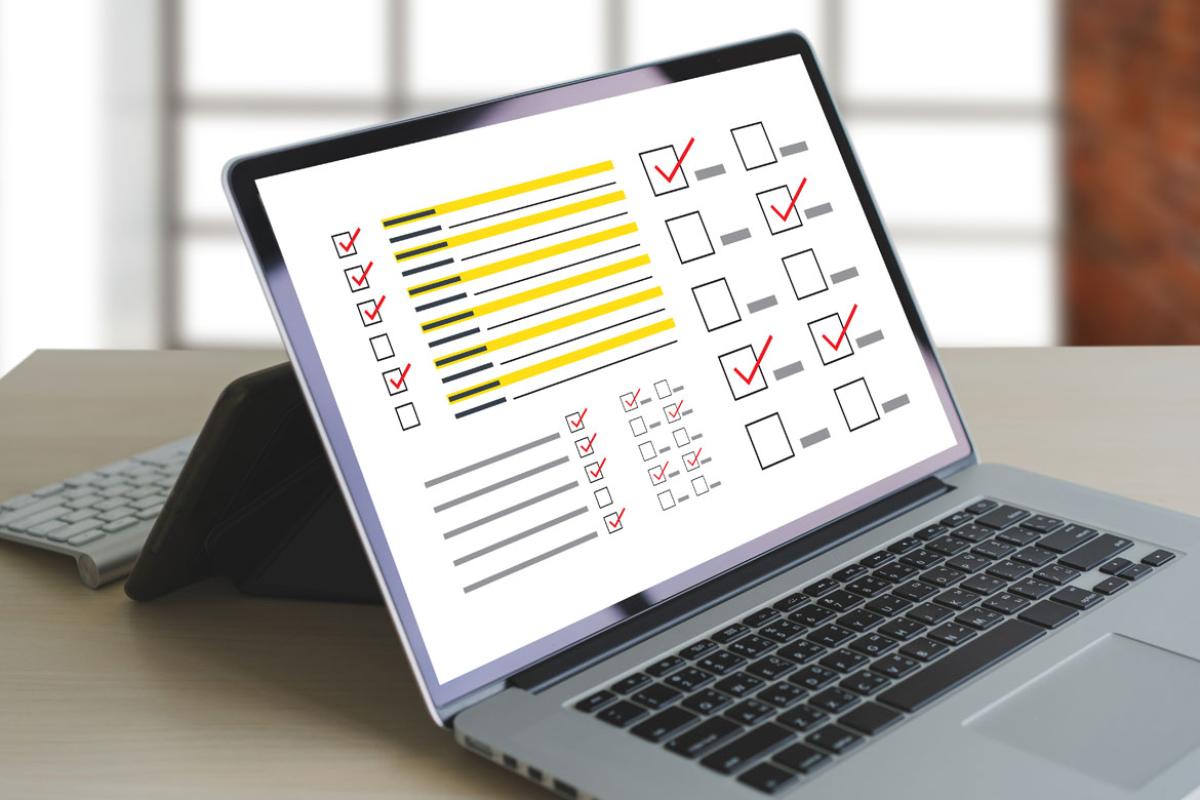They are questions the undergraduate medical education community has struggled to answer for decades: When are medical students ready for the transition to physician residency training? What do they most need to know? And how should competencies be assessed?
An episode of “AMA Update” features a discussion of a new effort to improve the transition from medical school to residency through a more unified approach to medical education.
The Foundational Competencies for Undergraduate Medical Education, released in December, are a shared mental model of what makes medical students ready for the move from undergraduate medical education (UME) to graduate medical education (GME).
“This is the first time that we now have some consensus on what it means to be competent and ready to transition on from UME to GME in the undergraduate space and across MD- and DO-granting medical schools—and, importantly, what are those outcomes we expect that align with graduate medical education,” said Lisa Howley, PhD.
She is senior director of transforming medical education at the Association of American Medical Colleges (AAMC), which co-sponsored the new competencies with the American Association of Colleges of Osteopathic Medicine (AACOM) and the Accreditation Council for Graduate Medical Education (ACGME).
“There are many challenges in that transition and that journey to becoming a physician,” Howley said. “One of them is in this transitionary space that has to do with outcomes and thinking about what is it that we're teaching towards and what is it that we're assessing in our undergraduate medical students.”
The project’s report outlines six core competencies for graduating medical students that intentionally align with the pre-existing ACGME framework for competency during residency training:
- Professionalism: including integrity, respect, and ethical reasoning.
- Patient care and procedural skills: demonstrating compassionate, effective, holistic, evidence-informed, equitable and patient-centered care.
- Medical knowledge: applying and integrating foundational knowledge to improve care for patients and populations.
- Practice-based learning and improvement: integrating feedback, evidence and reflection to foster improvement and cultivate lifelong learning.
- Interpersonal and communication skills: effectively interacting with patients, caregivers and other members of the health care team to contribute to high-quality, patient-centered care.
- Systems-based practice: applying knowledge of the broader context of health, including social determinants, and of systems and resources inside and outside of health care to optimize care for patients, communities and populations.
A notable advancement in the list of core competencies is that they apply to all graduating medical students, regardless of which physician specialty or subspecialty they plan to pursue. The aim is to make these competencies more transparent for medical students, while the consistency across UME could make it easier for receiving residency program directors to successfully onboard residents from various medical schools.
Learn more about the AMA Reimagining Residency grant program, which aims to transform residency training to best address the workplace needs of the current and future health care system.
A unified approach
“This was truly a community effort,” said Laura Edgar, senior vice president of competencies, milestones and faculty development at ACGME, noting that representatives from two-dozen other organizations served in an advisory capacity.
“We had another 20-plus members of a development group that spent well over a year and many, many hours actually doing the development work of those competencies,” Edgar said, adding that hundreds of community members participated too, including in student reactor and patient and caregiver reactor groups.
In addition, the osteopathic medical education community got plenty of face time, “making sure that the distinctiveness of osteopathic medicine—its holistic approach, its reliance on prevention and on osteopathic manipulation to treat patients—was included in the competencies and was represented throughout the process,” said Mark Speicher, senior vice president of research, learning and innovation at AACOM. “Because we know there's patients who really want an osteopathic physician, and osteopathic physicians graduating in 10 years will still have those same skills and abilities.”
The AMA’s Facilitating Effective Transitions Along the Medical Education Continuum handbook takes a deep dive into the needs of learners along the continuum of medical education—from the beginning of medical school through the final stage of residency. The handbook guides residents in acclimating to the various settings and expectations along the spectrum of the medical training environment. Download the handbook now.
Dive deeper:
- The 5 skills residency program directors expect on day one
- 10 keys to help 4th-year medical students thrive in residency
- For these resident physicians, training includes social determinants
Is it right for your school?
“The real work is just beginning in many ways,” Speicher said, noting that the co-sponsors are working to support schools as they decide whether these competencies are right for them. “These are not required of any schools. But we know that many of our schools are ready and waiting to incorporate these competencies into their education programs.”
There is already a learning community of faculty and others responsible for competency-based education at their schools, and a course will be held in the summer and in the fall to teach faculty and assessors how to implement and integrate the competencies into their programs.
“Just as developing the competencies was several years long, certainly supporting our schools and encouraging them to implement these competencies will be many years in the making,” Speicher said.
“AMA Update” is your source for physician-focused news. Hear from physicians and other experts on trending public health concerns, practice issues and more—because who’s doing the talking matters. Catch every episode by subscribing to the AMA’s YouTube channel or listen to all AMA podcasts at ama-assn.org/podcasts.



